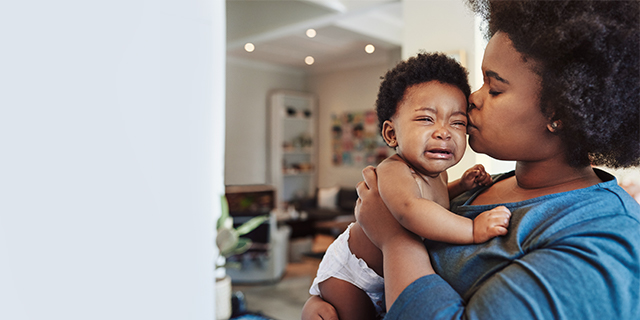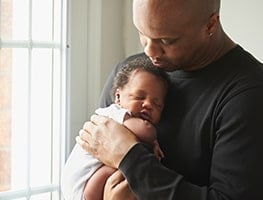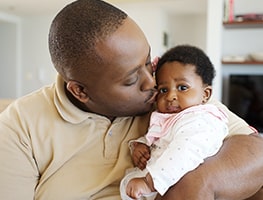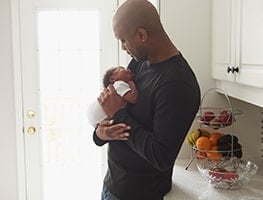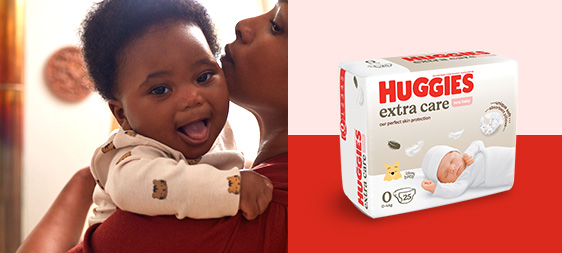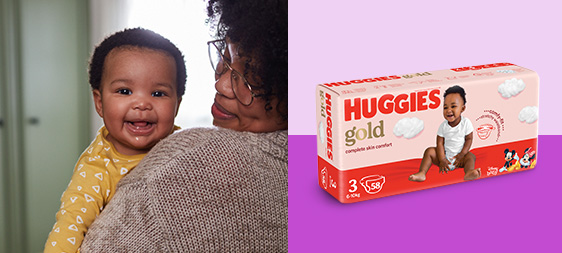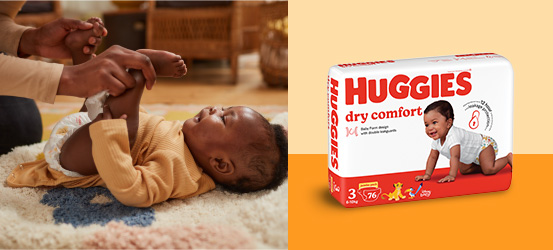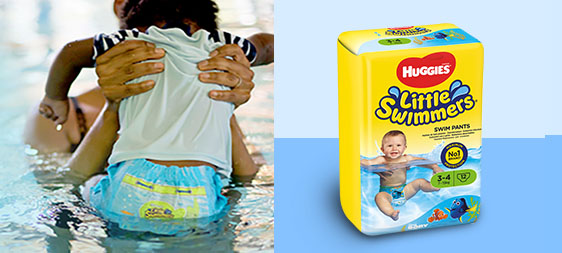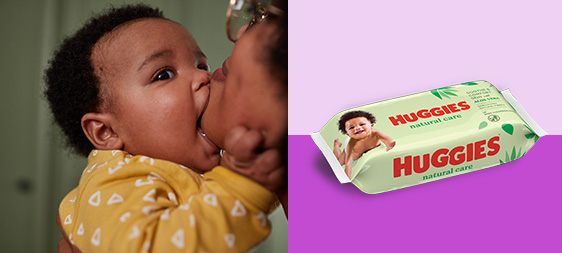Controlled Crying had its early origins in the Truby King era, when it was believed parents needed to regimentally control their baby’s routines of sleep and feeding. It was thought that a crying baby was a healthy baby, who was just exercising their lungs and letting off steam.
Controlled Crying Technique became very popular in the mid-1980s when Dr Richard Ferber’s book “Solve Your Child’s Sleep Problems” was published. He took King’s method to a new level and recommended that parents actually timed themselves before they responded to their crying baby. Today, Controlled Crying (also known as controlled comforting or camping out) remains controversial even though a recent study has shown that it has no long-lasting negative effects on the child.
How popular is controlled crying?
The term Controlled Crying has crept into describing any type of settling that involves putting a child to bed, still awake, and expecting them to go to sleep on their own. Essentially, it is a behaviour-modification technique.
Parents that have older children and found some success with this method tend to be in favour of it. It can be seen as a “quick fix” when the whole family is being woken overnight by a wakeful child.
When other methods of settling a child have not worked and parents are exhausted, it does offer another option. For parents that are feeling overwhelmed or whose own health is suffering as a result of being constantly woken, Controlled Crying can be useful.
It may also be useful for mothers who are experiencing symptoms of postnatal depression.
Parents that like to feel they are in control and thrive on routines prefer a settling method like this. Even the word “control” gives some level of ownership in the situation to the parent, rather than the child.
For those who feel a child’s cry is always a sign of distress, Controlled Crying is seen as a means of withholding a parent’s reassurance. Some parents worry that it will adversely affect their child’s attachment and emotional security.
It may not be popular with parents of young children, particularly those in the first 6 months. Young babies develop skills in how to trust others and rely on their parents to come to them when they are upset.
Controlled crying methods:
First Things First:
Think about the way your child has been settling to sleep, and if it is realistic for their age to expect them to go to sleep on their own. All babies have periods of waking through the night because their sleep cycles are short i.e. less than 1 hour.
If your child has always been asleep in your arms, your bed, or associated you with going to sleep, you will need to change your habits as well. Consider how you are going to deal with the temptation to “give in” to your child once you stop these sleep associations.
Talk with your partner about how you are going to manage your child’s crying and how you will both respond. It is important that you are consistent and your child does not get mixed messages.
Pick a quiet week when there is little else going on. Changing the way you have been managing your child’s sleep will take energy and motivation. It is not going to be easy. You are probably going to feel unsure if what you are doing is the right thing and worth it.
Learn to interpret what your baby’s different cries mean. A whinge, whimper or low level of fuss is different to a cry of distress, fear or anger.
Remember, it is your response to your child’s settling behaviour that is ultimately under your control. You need to change what you are doing first, before they will learn new habits.
Step by Step:
Follow a regular pre-settling routine with your child. When they are still awake though looking tired, place them into their cot or bed and stay with them until they are calm.
Pat their back, stroke their head; soothe them as you normally would but leave them to go to sleep on their own. Do not stay with them until they go to sleep.
If your child becomes distressed, stay out of the room for whatever period of time you feel comfortable. For many parents at the start, this is 2-3 minutes.
When you return to the room, go through the same settling process and reassurance as you did before. Try not to stay with them for longer than 5 minutes and, again, leave before they are asleep. This time, double the amount of time you are out of the room e.g. 4-6 minutes.
Return again to soothe and comfort, but each time increase the time you are out of the room. When you get to 15-20 minutes, don’t increase this anymore.
Remember to listen to your child’s cry and if you feel that you really need to go in to them earlier, do so.
Through the day, try for up to an hour, and if your child is not asleep, pick them up.
Overnight, keep trying to soothe and comfort your child with brief reassurances and you staying out of the room. Remember you are trying to give them the consistent message that it is time to go to sleep, alone.
Most parents who follow a Controlled Crying method see improvement in 3-14 days.

